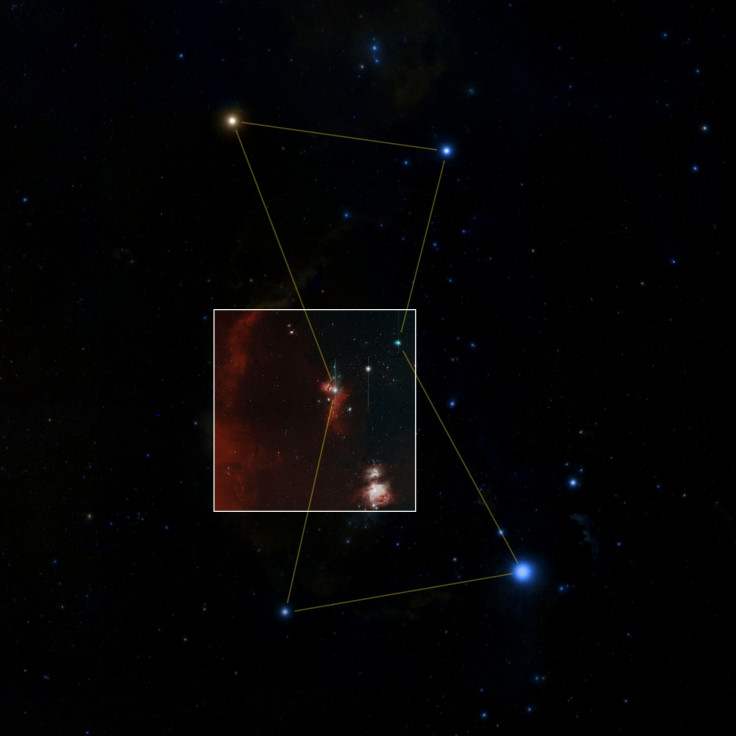Massive robotic camera that captures sky area equal to 247 full moons sees 'first light'
The new camera took its very first image that highlights the Horsehead and Orion nebula in the Orion constellation.

A massive new robotic camera designed to capture hundreds to thousands of stars and galaxies in a single shot has taken its very first image that highlights the Horsehead and Orion nebula in the Orion constellation.
According to a release, the field of view of this camera is so huge that each image produced covers an area of sky equivalent to 247 full moons.
The maiden image captured by the camera indicates it is ready to survey the night skies to keep an eye on cosmic events and objects as and when they happen, according to a report in Popular Mechanics.
The camera, installed on Caltech's Palomar Observatory's 48-inch Samuel Oschin Telescope, in San Diego, California saw its 'first light' on 1 November 2017.
The massive shooter packs advanced electronics and is capable of producing images with a whopping pixel resolution of 24,000 by 24,000.
Essentially, it will be used as part of the Zwicky Transient Facility (ZTF) — an automated sky survey project aimed at scanning northern night skies for transients, which are cosmic events and objects that vary in brightness over time.
Put simply, with the new camera in place, astronomers will be able to scan the sky quickly to discover near-earth asteroids, comets, explosion of giant stars, gamma ray bursts, as well as supermassive black holes. Even if the event is rare and short-lived, they'll be able to spot its features.
"The ZTF survey will be transformative for the study of supermassive black holes feasting on stars in the centers of galaxies," said Suvi Gezari, an assistant professor of astronomy at University of Maryland, which made important contributions to the development of the sky survey project.

"The timing of these events, known as tidal disruption events, can be used to constrain the mass and spin of black holes. Data from ZTF may also offer a rare, real-time glimpse into the formation of an accretion disk—and possibly relativistic jets—around a supermassive black hole."
The science survey phase of ZTF is slated to begin in February of 2018 and will be completed by the end of 2020. In the future, even larger surveys will build on ZTF's capabilities, such as the upcoming Large Synoptic Survey Telescope (LSST), scheduled to be operational in 2023.





















